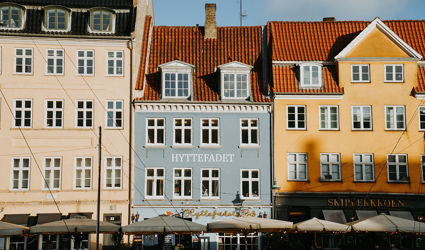New Zealand
Auckland, Rotorua and Waitomo, 08.21.2016
August 20, 2016 Auckland. New Zealand
We visit the impressive Auckland museum which is housed in a neoclassical building built in 1929. We take the public bus and walk about half a mile from the bus stop. It sits on a hill with a lovely view, A park surrounds it and it is quiet except for birds. Inside we see their large collection of Maori artifacts. There is a 25 meter long war canoe that was carved from one big tree. It is carved with lovely designs. On the same floor nearby are a couple of Maori buildings with lovely carved wooden decorations. Woven panels are included in the walls of the big meeting house. Most of the wood is painted red. Currently a restoration project is underway with traditional artist and weavers working with conservationist to restore the meeting house. It was painted red by the local Pakeha (European New Zealanders) in 1926 over lovely red, black, tan and white designs in the woven walls and on the carved surfaces. (photos) There are lots of wooden cases which contain objects from several cultures in the local islands. Tools, weapons, and other useful objects are shown. There is even one case that shows toys. Many of the objects are parts of costumes worn to show status. From New Guinea, tusks of boars are popular and are used as breast ornaments. I think that means they were hung around the neck and suspended in the breast area or were attached to clothing. There are carved and decorated bones too.
photo #1 Nice grounds approaching the museum.
photo #2 A red painted carved wood building.
photo #3 and #4 Wooden and woven panels are being restored. Red paint being removed.
There is a natural history section that has reproductions of a few
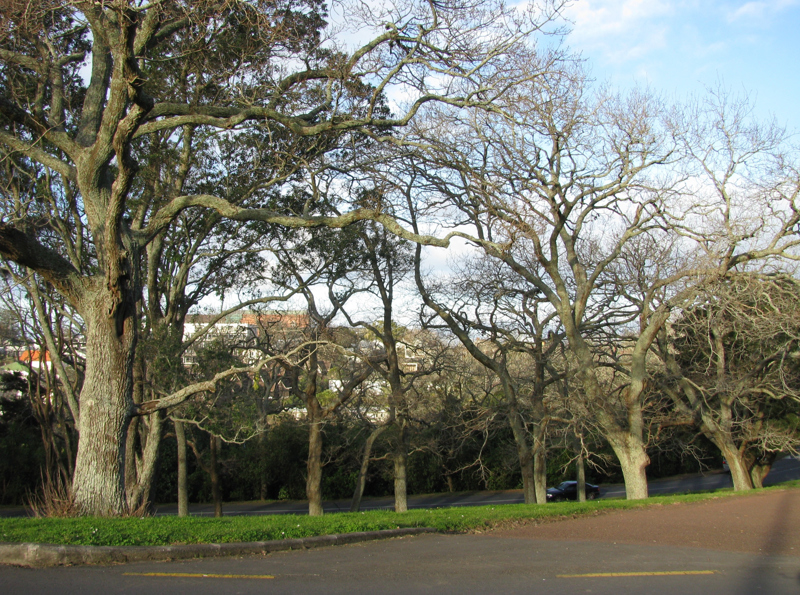
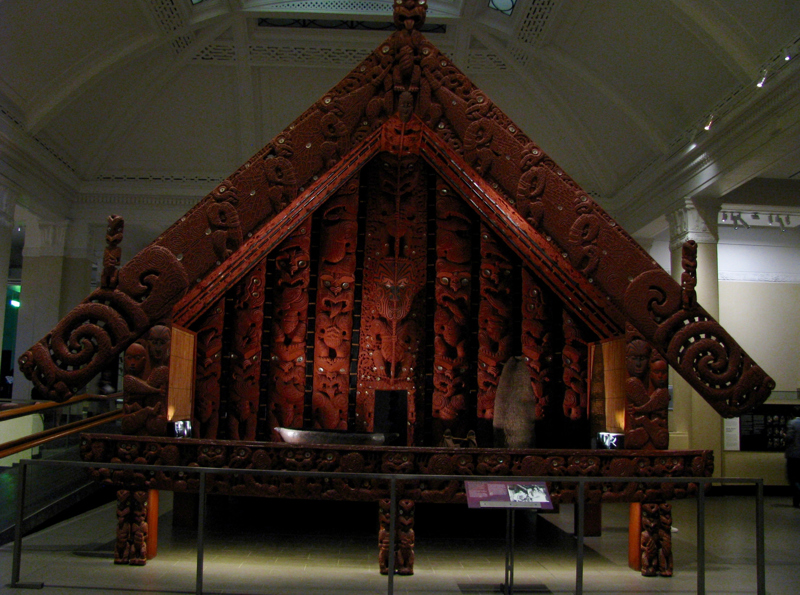
dinosaurs and a now extinct 5 meter tall Moa bird made using emu feathers. The Maori ate every single Moa bird because the giant birds had no experience with predators and did not avoid being hunted. photo #5 There is a reproduction of an ammonite fossil that is about 4 feet across.
It is a lovely collection of lots of treasures. After we spend an hour or so looking at the Maori collection we go upstairs where there is a huge area dedicated to war. The WWI and WWII displays are done very well. They rival the new National WWII museum in New Orleans. Trenches are recreated so that you can walk through them and imagine what it would be like to be there in history. Other areas are also recreated like inside a submarine. There are displays of uniforms, letters home, battle stories, airplanes, guns, and caves that were used as shelters in the wars. We spent several hours there. One section features war between the Maori and British troops. A diorama and video tell the story of how New Zealand had a sort of civil war.
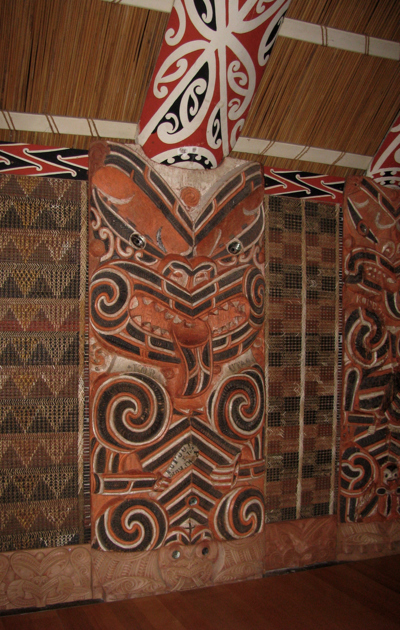

The Maori had a very different concept of war from the British settlers. The Maori would construct a pa, or fortified village, which the European soldiers would advance on and shoot at. The Maori were natural geniuses at fortification design, so the defenders waited in trenches behind screening fences and could stick out their gun barrels at ground level and shoot the Europeans. For the Maori, maximizing their advantages when the enemy closed with the wall was the idea. Of course the European were focussed on taking the village. Maori also had bunkers to hide in between their volleys of return fire. Victory to the Maori was killing the soldiers. Once they had killed some of the soldiers and their position was becoming untenable they would just retreat and build another pa. The soldiers would then occupy the empty pa and declare victory. In this warfare the Maori were brilliant. Now the Maori are mostly westernized. Our only museum disappointment was that the audio from multiple displays was competing. Some of the videos had low volume and you could stand close enough to hear but not watch the video or you could watch and hear audio from another display or even music playing over a P A type system. It was frustrating not being able to hear some of the media due to the conflicting audio presentations. Photos were not allowed here.
August 21, 2016 We walk to the nearby Marine Museum and learn all
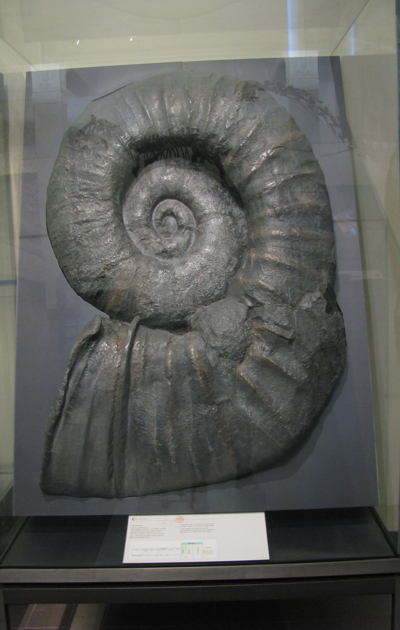
about the America's cup championship when the New Zealanders took the cup from America as the first ever winners other than Americans. The cup is the prize that is won for the sailing race between the defender and challenger. First awarded in 1851. It is a test of sailing skill, boat design, fund-raising and management skill. The trophy was held by Americans till 1983 when New Zealand won the race and took the cup. The winning boat is in the museum and they had a video for us to watch all about the race. Other famous ships were featured in stories and videos and it was all very interesting. They have a 5-meter anchor from HMS Bounty on display. (photo). They had a bunch of recordings of radio broadcasts about marine topics. Survivors of marine disasters and at least one tsunami eye-witness report. There was a big display and video about the grounding and sinking of the British Flagship Orpheus in 1863 that claimed 189 out of 259 lives in Manukau harbor, New Zealand. It was blamed on a shifting sandbar and the captain using old charts

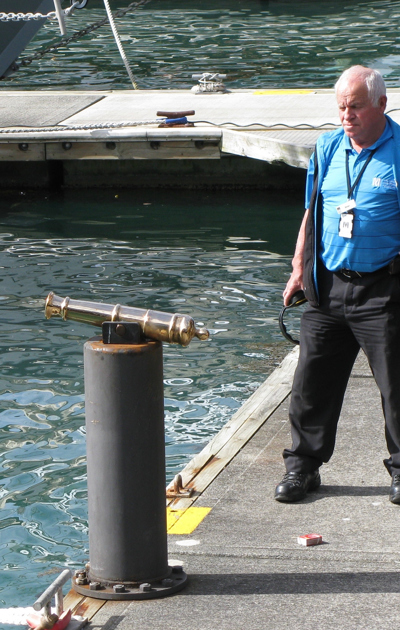
that led him to ground the ship on the sandbar. The sea was rough and the Maori came out and rescued those brave enough to jump overboard. The harbor's signal master could have helped if he had known what was happening but due to him not having a good telescope he thought the Orpheus was anchored and he sent the next ship away from them instead of to their rescue.
photo #1 We got to see the firing of a small cannon, brass one pounder swivel gun, at noon. It was little and very loud.
photo #2 One of the anchors from the HMS Bounty.
After the museum Chick went to our hotel and I braved Queen street to find batteries. I was using them up faster than I was happy with and wanted to restock before we go to smaller, less western islands. Queen street is lined with shops like Rodeo Drive and less expensive ones too. The sidewalks were full of locals and tourist walking in the light rain. I finally found a camera store that sold me better batteries for $15 ($11.28 USD) per two AA. I am so sorry that I didn't stock up

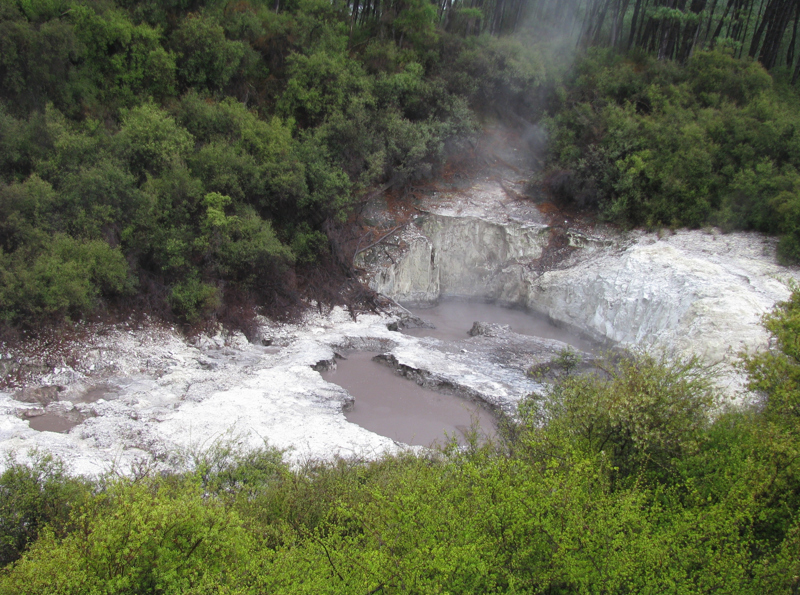
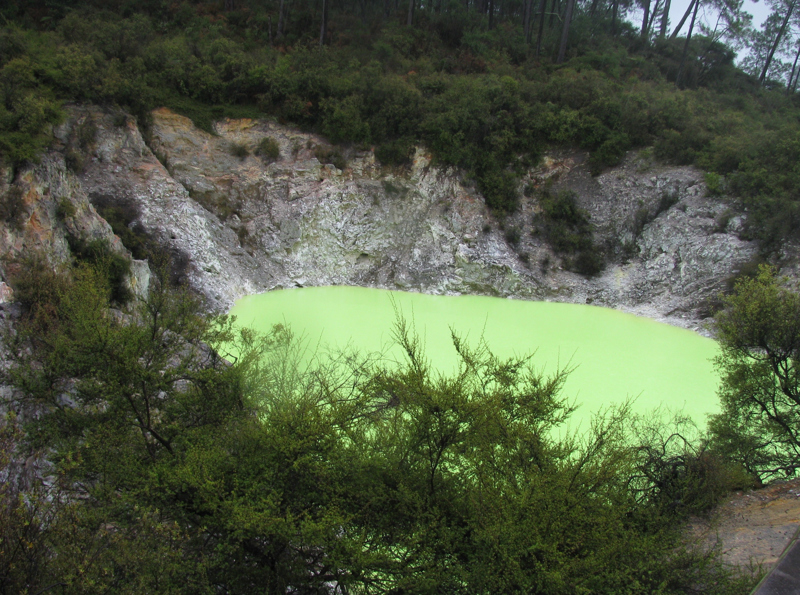
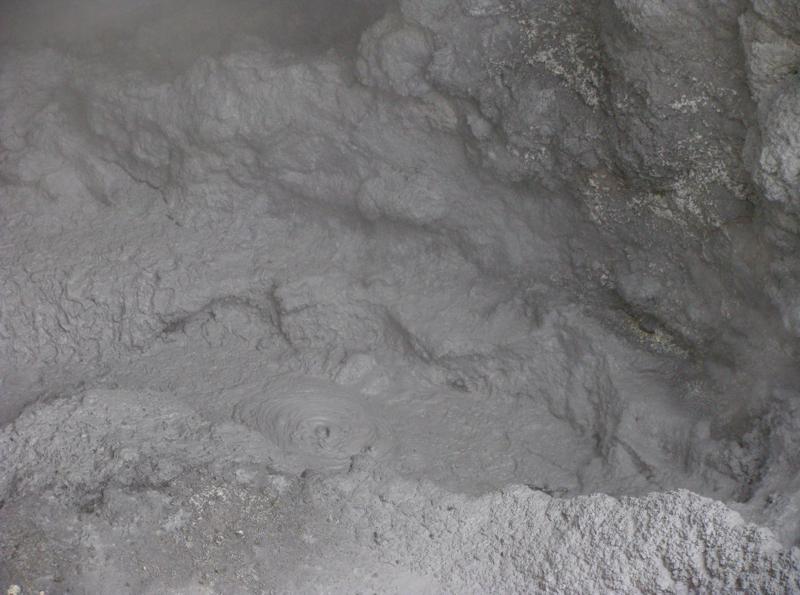
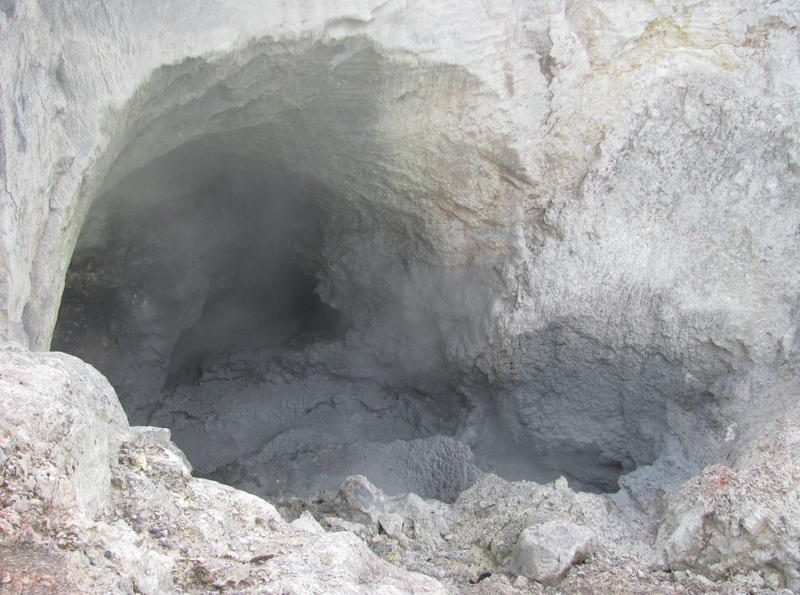
more before leaving home. They will turn out to be a poor purchase. They don't last like the ones from the USA.
August 23, 2016 Aukland, New Zealand
The Marine museum is a short walk from our hotel. It is chilly and a bit windy. We buy a Subway sandwich to take with us and eat it at them museum before we go inside. There we find lots of boats with historical value or pieces of them like an anchor from the Bounty. There are videos on things like when New Zealand won the America's Cup in San Diego. There is a short video that explains how the Malaysian people populated so many islands using their ocean going boats made from tree trunks. Outriggers or catamarans with shelters

are shown in the videos. We are shown the navigation stars at night and that they used the position of the sun to keep going northeast to get to Hawaii.
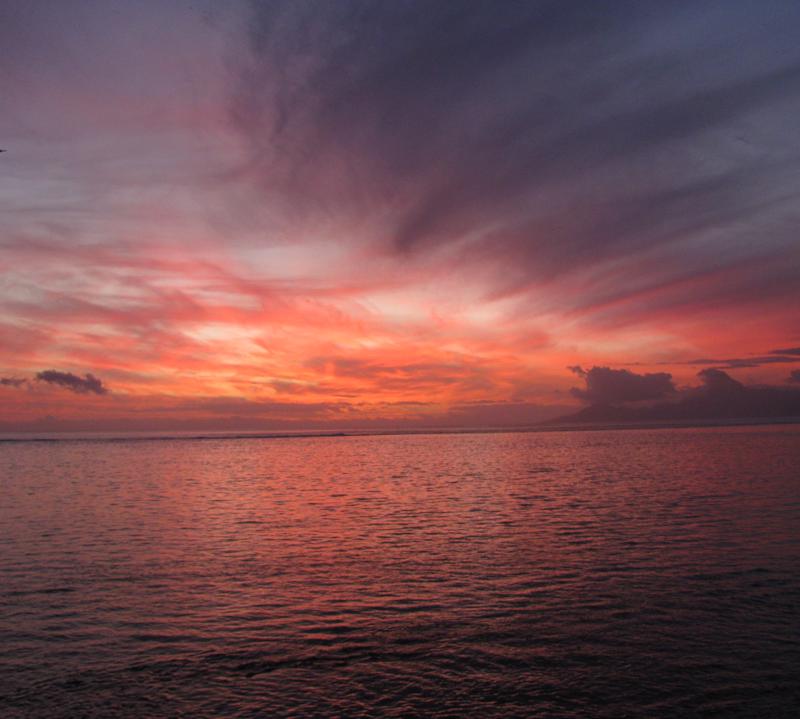
Get started right away!
What are you waiting for? Capture your adventures in a digital diary that you can share with friends and family. You can switch between any of your devices anytime. Get started in our online web application.
